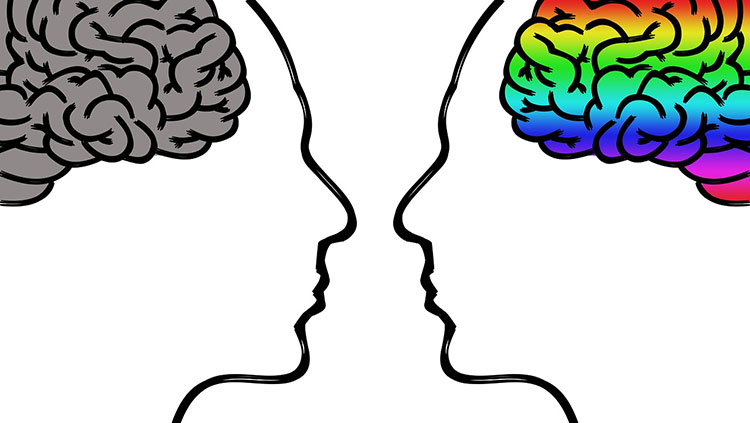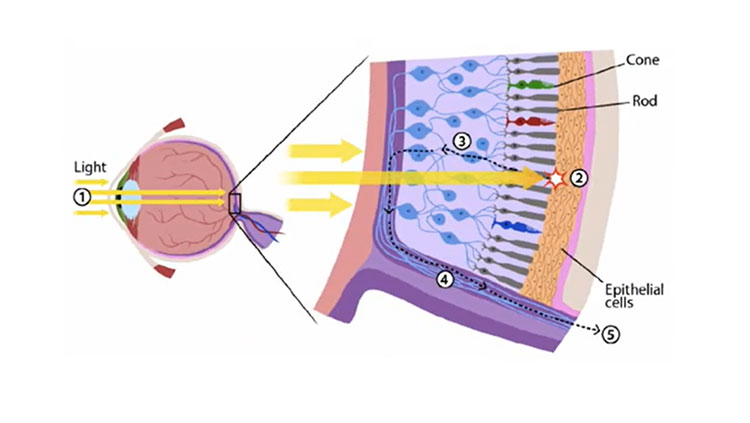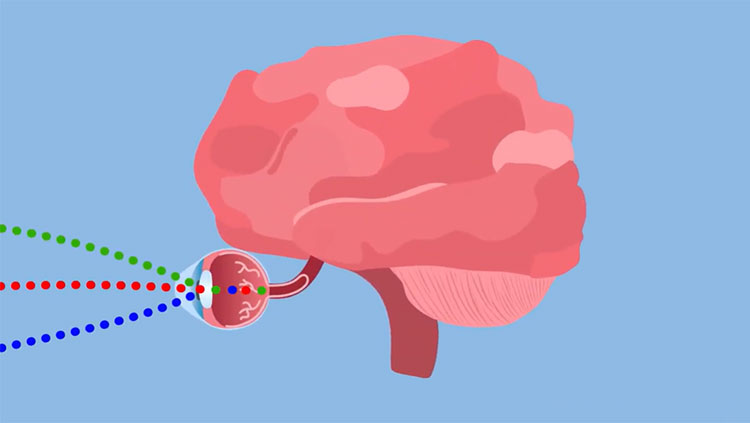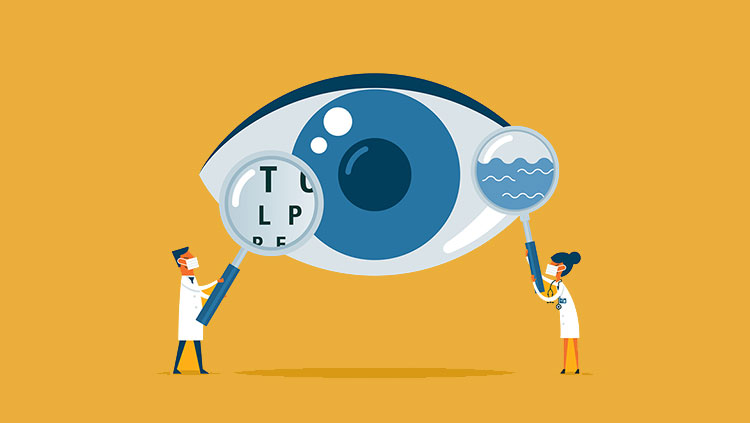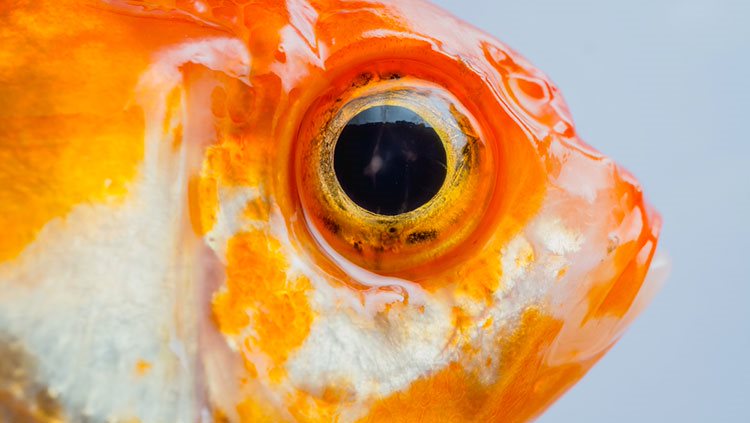Humans have a complex visual system that allows us to perceive the visual spectrum of light, but some animals are able to see things that we cannot, like ultraviolet light or infrared radiation. This entry for the 2014 Brain Awareness Video Contest shows how animals have developed specialized visual systems for their unique survival needs. Rhode Island School of Design student Erik Ko created the video with Alina Popescu, Elizabeth Cox, and Christina Sauer.
Who do you think has the best vision - a human, or a shrimp, or maybe a peacock, a rabbit, a snake? In order to perceive the world, our eyes have cells called photoreceptors that come in two forms - cones which sense color and rods which sense light. Humans have three types of cones which detect the colors of the visible spectrum. However, there are other forms of light that humans cannot perceive such as ultraviolet and infrared. We also have a visual range of 180 degrees and the ability to see far into the distance. Unlike humans, rabbits have a large number of rods to see better at dawn and dusk. Notice as the background fades and the color, red, disappears. Rabbits eyes have two cones that perceive blue and green light. They detect predators through their ability to see above their heads and nearly three hundred and sixty degrees around them. Peacocks perceive a wide range of light. Because they have four types of cones, they can see the full visible spectrum as well as ultraviolet. They also use ultraviolet markings to find their mates and identify their own eggs. Some families of snakes have organs below their eyes to perceive infrared light which help form a mental image of their surroundings. Warm-blooded animals with high body temperature emit energy in the infrared spectrum. These snakes can detect prey due to the contrast between the heat of the animal compared to the cooler temperature of the environment. The manta shrimp see everything from infrared to ultraviolet and have twelve distinct types of photoreceptors and perceive eleven to twelve primary colors. Their compound eyes have three sections including the mid-band, which is responsible for their color vision. Manta shrimp can see in great detail, but only up to twenty centimeters in front of them. So which animal has the best vision? Well, it depends on what you need the vision for. Each species’ vision evolved in widely different ways according to their environments and survival needs. So the next time you can’t find your car in a parking lot, bring along a peacock. It just might be able to find it.


